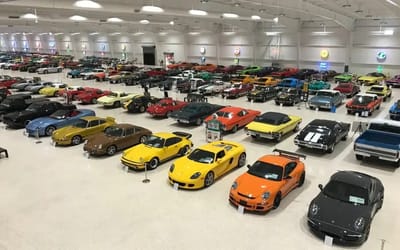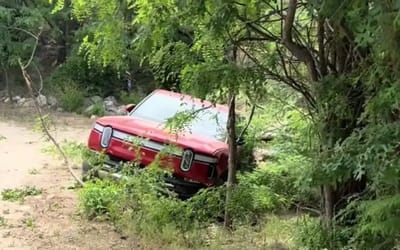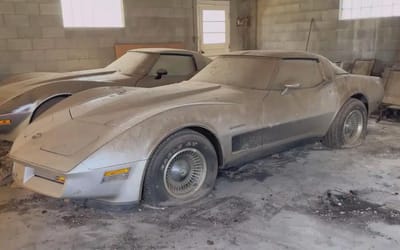Toyota’s new hydrogen-powered pick up truck will completely change the game
- Toyota is developing a hydrogen-powered Hilux
- It would be just as tough as the ‘normal’ Hilux, but more efficient
- It has a range of 373 miles and charges in minutes
Published on Jul 02, 2024 at 8:59 PM (UTC+4)
by Alessandro Renesis
Last updated on Jul 03, 2024 at 11:34 AM (UTC+4)
Edited by
Tom Wood
Toyota is developing a new truck that could potentially change the game for hydrogen vehicles.
Based on the Hilux, Toyota’s hydrogen truck has a range of 373 miles (600 km) and can be recharged in minutes.
It’s exactly the same as a gas car, but cleaner.
READ MORE: Toyota claims its new combustion engine will completely change the game
Hydrogen technology has been around for a while but, for various reasons, it never really caught on.
Maybe that’ll change soon.
The potential advantages of a hydrogen truck
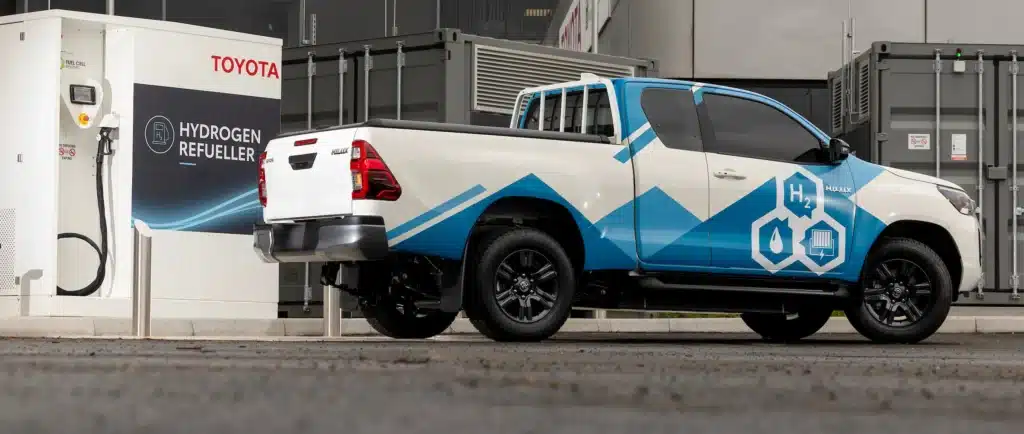
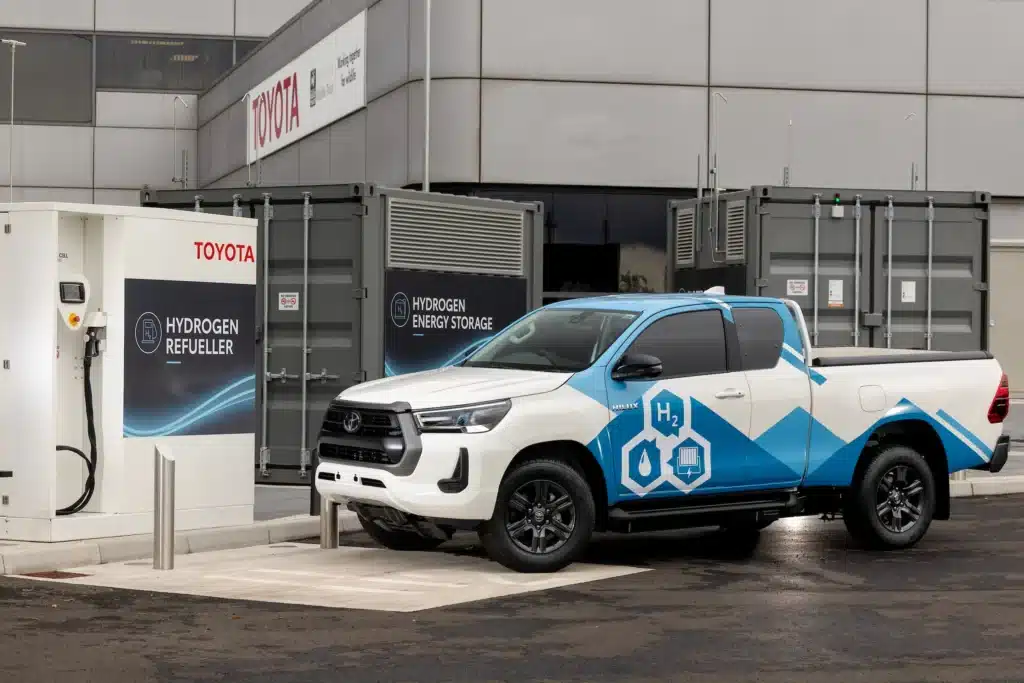
Hydrogen combines the efficiency of battery-powered cars with the convenience of gas cars.
When all is said and done, electric cars still have two major issues – from a practical and user perspective.
One, there aren’t enough charging stations and two, charging still takes too long.
Hydrogen doesn’t solve the first problem, but it does provide a solution for the second issue.
The idea is you can set out for your journey knowing that charging the car will take a few minutes, the same as filling up an ICE with gas.
The difference between FCEV and BEV
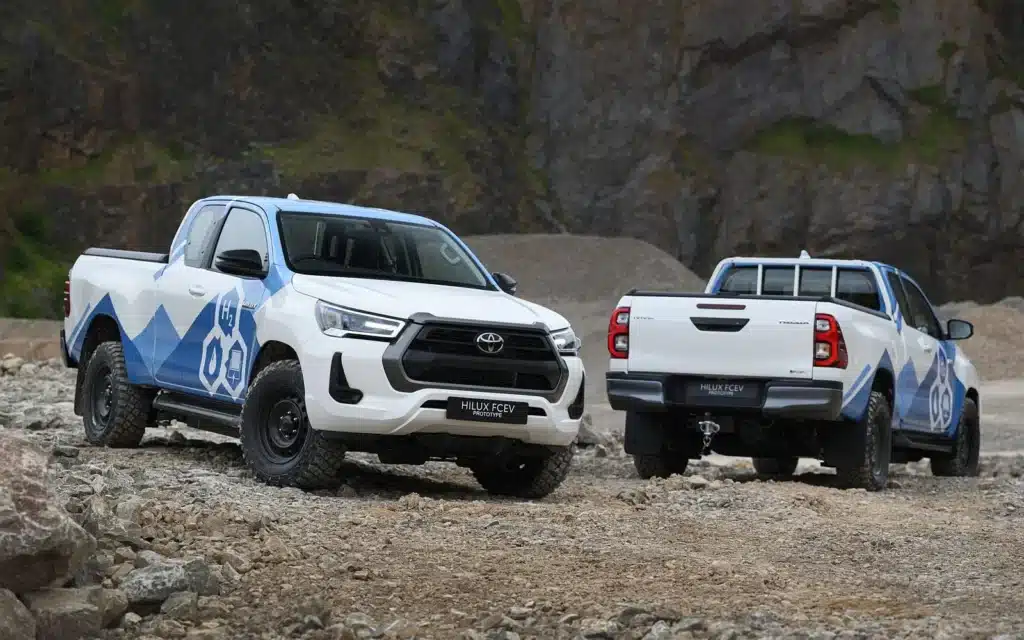
Hydrogen cars (with exceptions) are still electric cars.
The main difference is the type of ‘fuel’ that’s being used.
In a BEV, which stands for battery electric vehicle, power is provided a battery pack, as in batteries.
The first ‘mainstream’ electric car, the first-gen Tesla Roadster, was powered by batteries that were effectively the same type of battery as the one that powers a laptop.
By contrast, an FCEV is powered by hydrogen fuel cells, and that’s actually what the letter ‘F’ and ‘C’ in the acronym stand for.
Why hydrogen isn’t catching on
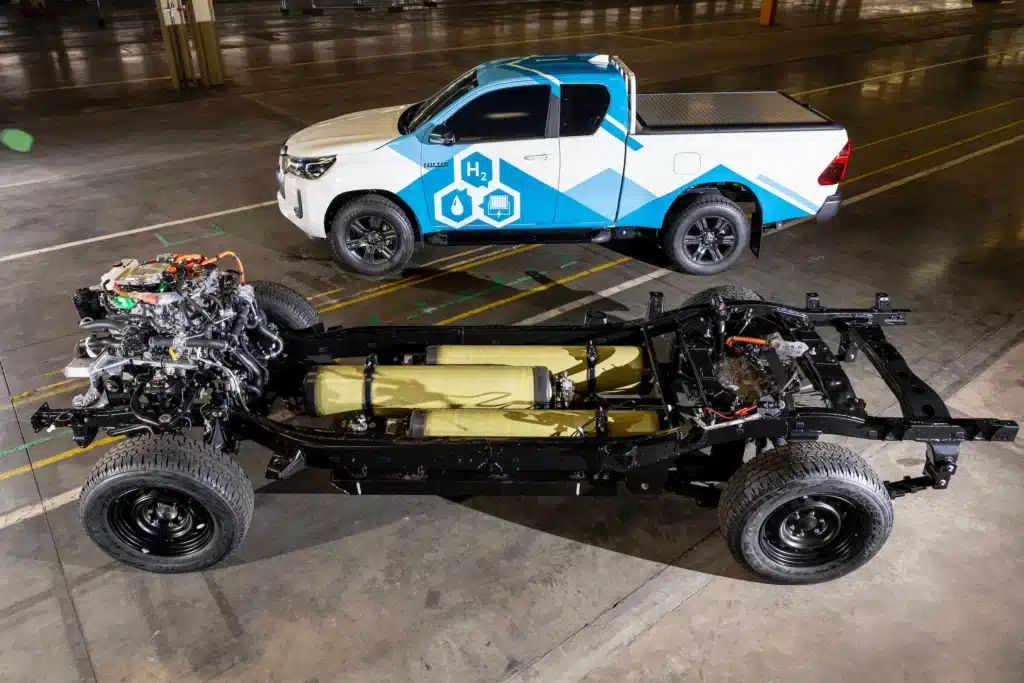
Using batteries to propel cars might not be the best solution, but it’s faster and easier and ultimately less expensive than using fuel cell technology.
And it has now become a catch-22 situation.
Battery-powered cars are still too expensive and unprofitable, but automakers, strongly influenced by governments, are too heavily invested to take a step back and focus on hydrogen.
Many of them are admitting it isn’t working they way they hoped, but they’re still committed.
As of 2024, only a handful of legacy brand automakers sell hydrogen cars, chiefly Hyundai with the Nexo and Toyota with the Mirai.
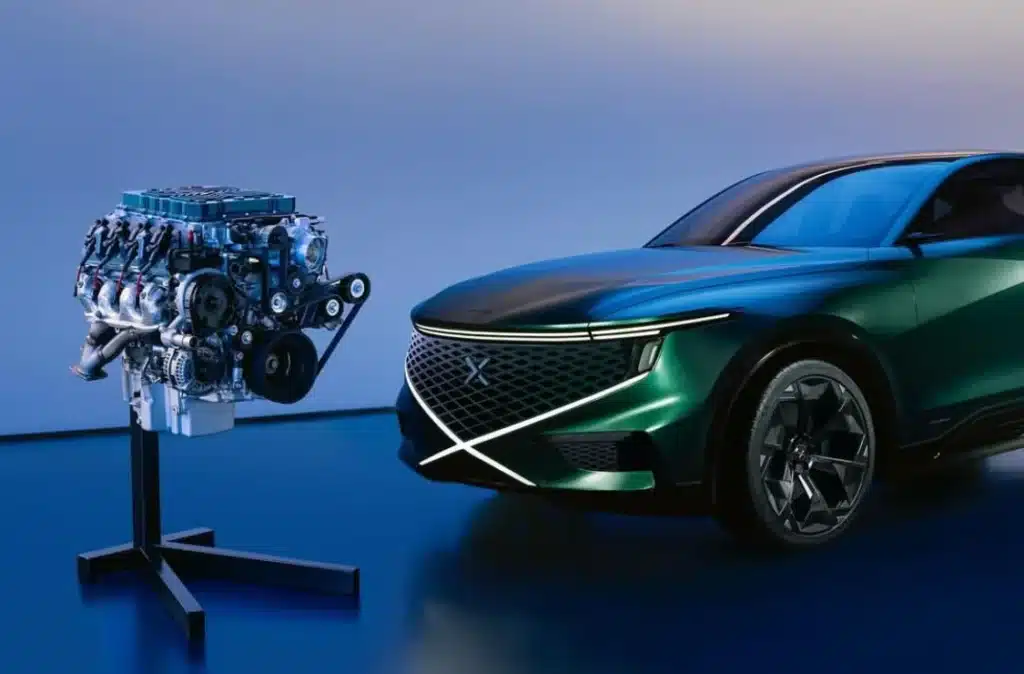
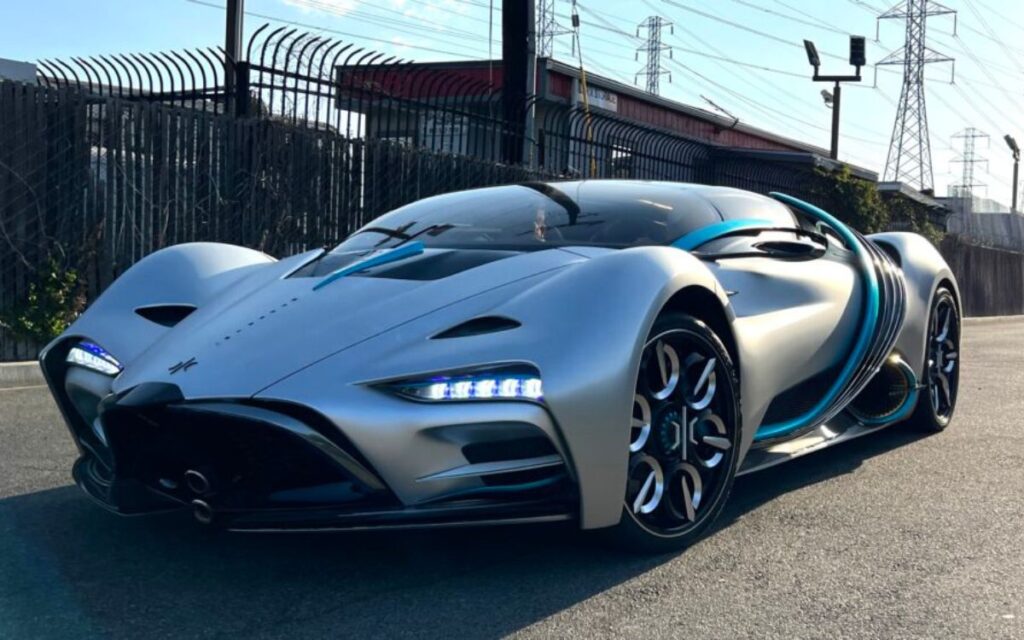
The list doesn’t get particularly bigger even when we include startup brands such as NamX (above, left), or supercar brands such as Hyperion (above, right).
For now, battery-powered cars are outselling hydrogen cars by such a large margin that they are not even in the same ballpark.
# Tags - Toyota
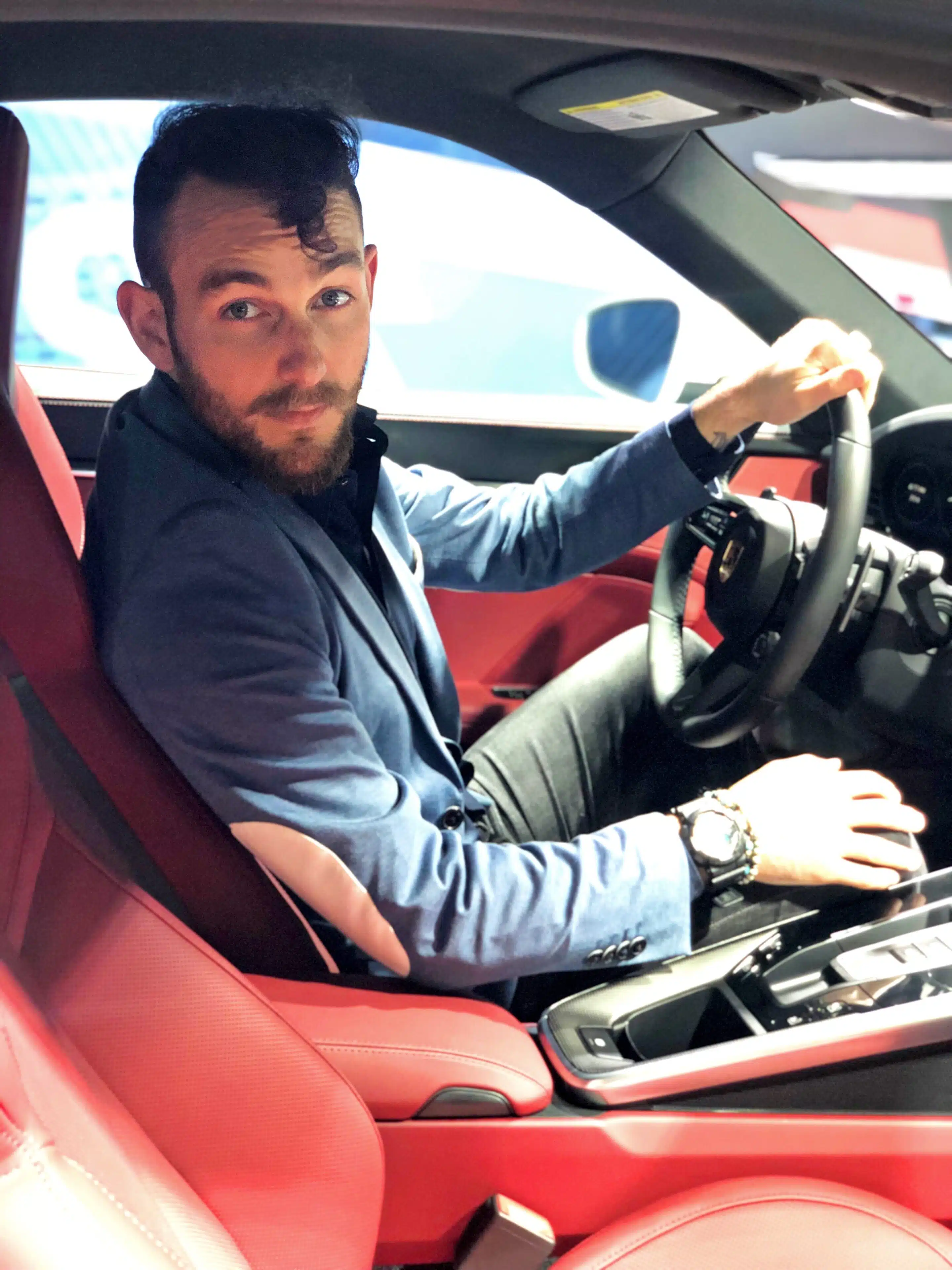
Alessandro Renesis
Experienced content creator with a strong focus on cars and watches. Alessandro penned the first-ever post on the Supercar Blondie website and covers cars, watches, yachts, real estate and crypto. Former DriveTribe writer, fixed gear bike owner, obsessed with ducks for some reason.

